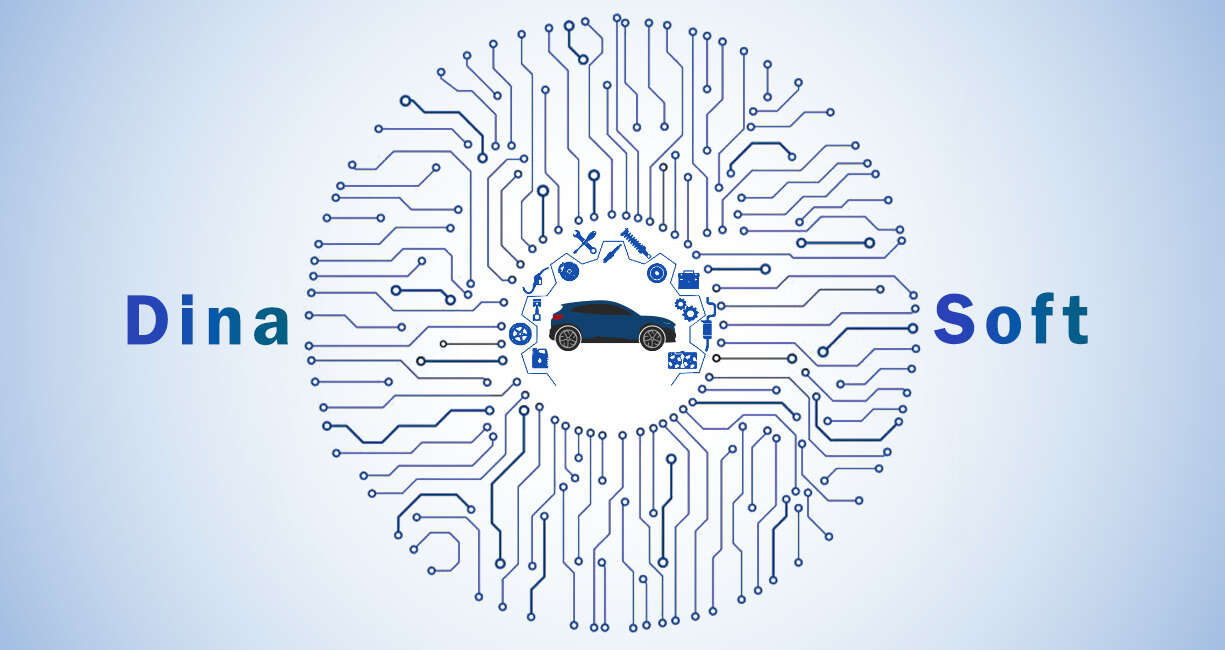Industrial IoT Gateway
A bridge between physical equipment and digital systems for data processing
Industrial IoT Gateway
A bridge between physical equipment and digital systems for data processing
Fields of application

Factories and manufacturing industries
The Internet of Things (IoT) in factories and manufacturing industries connects machines, sensors, and equipment to a smart network that transmits and analyzes data in real time. This technology enables monitoring the condition of devices, energy management, and failure prediction. With IoT, production lines become smarter, more flexible, and more efficient. The result is reduced downtime, increased productivity, and optimized production processes.

Automotive industry and parts manufacturing
اThe Internet of Things (IoT) in the automotive industry enables the connection of equipment, machinery, and vehicle components to the network so that data can be collected and analyzed in real time. This technology plays a key role in monitoring the condition of components, predicting failures, optimizing the production line, and increasing productivity. Sensors connected to components such as the engine, brakes, and fuel system send performance data to a central system. This information helps in making smart decisions, reducing maintenance costs, and increasing the quality of the final product.
Advantages of the Internet of Things
Connecting devices to each other
An IoT gateway helps different devices and sensors (even if they use different technologies) communicate with each other and connect to a central network.د.
Reduce pressure on network and server
These gateways process and filter data locally first, sending only the necessary information to the server; this reduces network traffic and speeds up decision-making.
Increased system security
The gateway acts as a central control point and prevents intrusion and misuse of information by encrypting data and managing access.
Our focus
In factories and manufacturing industries, the Internet of Things (IoT) provides an intelligent platform for connecting machines, equipment, and sensors into a unified network that enables real-time data collection, analysis, and exchange. One of the key benefits of this technology is improved operational security and process-centric control. By continuously monitoring the status of devices and providing a higher level of transparency into performance, IoT allows production managers to make faster decisions in the face of potential disruptions, reduce technical risks, and prevent costly breakdowns. This approach not only increases productivity, but also provides a more stable and secure infrastructure for industrial growth and development.
Significant reduction in operating costs:
By intelligently monitoring equipment and optimizing energy and raw material consumption, production costs are significantly reduced, while quality is maintained or improved.
Increasing productivity and speed in decision-making:
Real-time, accurate data on machine performance enables managers to make faster and smarter decisions and improve the overall productivity of production lines.
Ensuring the sustainability and security of production processes:
Centralized control, 24-hour monitoring, and proactive alerts minimize the risk of sudden stops and ensure the security of production operations.
Internet of Things (IIOT) FAQs
An IoT gateway connects devices and sensors to each other and to cloud or local servers. It collects, processes, filters, and encrypts data and sends it to a central system. It also acts as a bridge between old and new technologies.
IoT refers to the application of the Internet of Things in everyday life, such as smart homes, while IIoT refers to its application in industries such as manufacturing, energy, and transportation. IIoT typically involves more complex equipment, higher security requirements, and real-time processing.
Many devices use different protocols and do not have the ability to connect directly to the Internet. An IoT gateway establishes communication between these devices, standardizes data, and forwards it to the appropriate destination.
Yes, many gateways have local processing capabilities and can collect and store data even when offline. The data is synchronized once the internet connection is restored.
The gateway can use encryption, firewalls, authentication, and other security measures to protect data from intrusion and theft, making it a key point in IoT network security.
A gateway is a hardware or software device that establishes communication between two networks or systems with different protocols. In the world of the Internet of Things, this gateway is placed between sensors and central systems and plays the role of an intermediary, filter, and data protector.
While a modem or router only provides internet connectivity, an IoT gateway receives data from sensors, performs initial processing, converts the format, and then sends it to the central system. It also supports industry-specific protocols.
IoT gateways are used in various industries to connect, monitor, and control equipment. These include:
Industrial: Machinery monitoring, preventive maintenance
Commercial: Energy management, security systems
Military: Environmental monitoring, smart command
Agriculture: Smart irrigation, temperature and humidity monitoring
Medical: Patient monitoring, health data transmission



